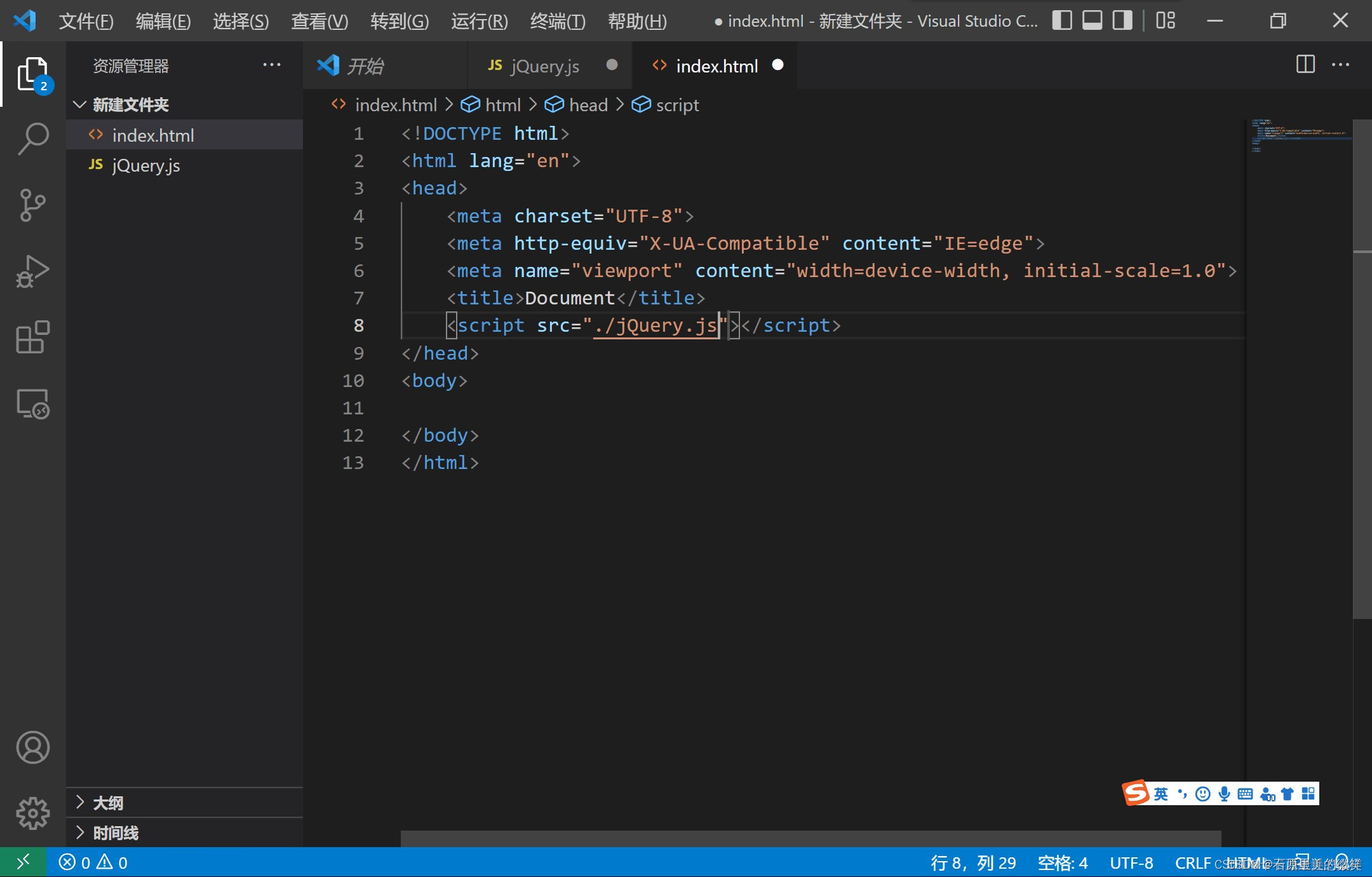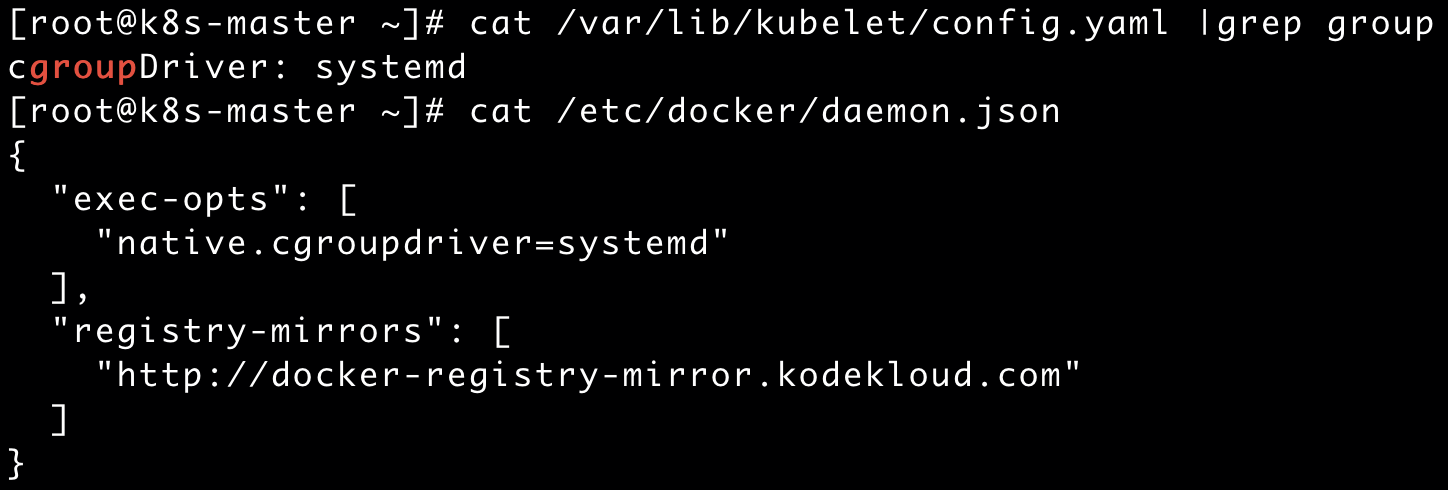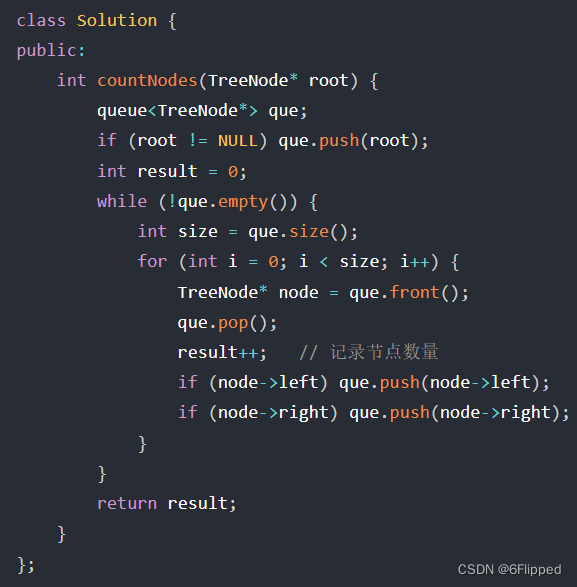序言
整理下JDK的集合的设计思路,以便我们在开发过程中创建自己的数据结构cuiyaonan2000@163.com
ArrayList
以ArrayList增加一个元素为入口.
/**
* Appends the specified element to the end of this list.
*
* @param e element to be appended to this list
* @return <tt>true</tt> (as specified by {@link Collection#add})
*/
public boolean add(E e) {
ensureCapacityInternal(size + 1); // Increments modCount!!
elementData[size++] = e;
return true;
}如上新增一个元素重点是ensureCapacityInternal(size+1) 这句话
ensureCapacityInternal的方法声明如下所示
private void ensureCapacityInternal(int minCapacity) {
ensureExplicitCapacity(calculateCapacity(elementData, minCapacity));
}其中calculateCapacity的声明如下,其主要作用是返回size + 1
这里有个隐藏的优化,在使用new ArrayList()的时候elementData[] 默认是空的,只有在第一次add()元素的时候才会创建一个长度为10的elementData[10]的数组对象cuiyaonan2000@163.com
private static int calculateCapacity(Object[] elementData, int minCapacity) {
/**
* 如果在声明空的ArrayList的时候使用的就是DEFAULTCAPACITY_EMPTY_ELEMENTDATA,只有在新增第一个元素的时候才会实例化 elementData[]
*/
if (elementData == DEFAULTCAPACITY_EMPTY_ELEMENTDATA) {
return Math.max(DEFAULT_CAPACITY, minCapacity);
}
return minCapacity;
}那为什么针对空集合也需要设置增加长度1呢?JDK的目的如下cuiyaonan2000@163.com
/**
* Shared empty array instance used for default sized empty instances. We
* distinguish this from EMPTY_ELEMENTDATA to know how much to inflate when
* first element is added.
*/
private static final Object[] DEFAULTCAPACITY_EMPTY_ELEMENTDATA = {};在后去到当前新增一个元素后的 集合长度后 在调用如下的方法,主要是用来判断是否已经超过集合的长度,如果超过了就进行扩容,当然也不是简单的扩容还是有一定的计算的cuiyaonan2000@163.com
private void ensureExplicitCapacity(int minCapacity) {
//用于统计扩容的次数 ,这个还是有用的,在我们常在内存的对象,我们可以统计下,该集合扩容了多少次cuiyaonan2000@163.com
modCount++;
//判断是否需要扩容
// overflow-conscious code
if (minCapacity - elementData.length > 0)
grow(minCapacity);
}扩容操作:
/**
* Increases the capacity to ensure that it can hold at least the
* number of elements specified by the minimum capacity argument.
*
* @param minCapacity the desired minimum capacity
*/
private void grow(int minCapacity) {
// overflow-conscious code
int oldCapacity = elementData.length;
//这里是每次扩容的量:即每次扩容一半,比如原来是10 这现在是10+5即15
int newCapacity = oldCapacity + (oldCapacity >> 1);
if (newCapacity - minCapacity < 0)
newCapacity = minCapacity;
if (newCapacity - MAX_ARRAY_SIZE > 0)
newCapacity = hugeCapacity(minCapacity);
// minCapacity is usually close to size, so this is a win:
elementData = Arrays.copyOf(elementData, newCapacity);
}这里有个 问题即当数组超过了Integer最大长度后会调用hugeCapacityz()这个方法返回一个最终长度cuiyaonan2000@163.com
if (newCapacity - MAX_ARRAY_SIZE > 0)
newCapacity = hugeCapacity(minCapacity);方法参考如下
private static int hugeCapacity(int minCapacity) {
if (minCapacity < 0) // overflow
throw new OutOfMemoryError();
return (minCapacity > MAX_ARRAY_SIZE) ?
Integer.MAX_VALUE :
MAX_ARRAY_SIZE;
}LinkedList
这个相比ArrayList就数据接口相对简单点,他里面没像ArrayList的数组elementData[] 来存储数据.
同理看下它的add()方法的实现
/**
* Appends the specified element to the end of this list.
*
* <p>This method is equivalent to {@link #addLast}.
*
* @param e element to be appended to this list
* @return {@code true} (as specified by {@link Collection#add})
*/
public boolean add(E e) {
linkLast(e);
return true;
}linklast的实现如下所示:
/**
* Links e as last element.
*/
void linkLast(E e) {
final Node<E> l = last;
//创建一个新的元素,并放置到链表上
final Node<E> newNode = new Node<>(l, e, null);
//替换叶子节点
last = newNode;
//判断下是否第一次插入,并设置头结点和叶子节点
if (l == null)
first = newNode;
else
l.next = newNode;
//集合长度
size++;
//扩容次数与size一样大.
modCount++;
}Vector
线程安全的集合的实现就是 在入口增加了synchronized.以保证安全,此外无参的构造函数跟ArrayList是不一样的.直接创建一个elementData[10],而ArrayList默认创建的是一个空的elementData[],arrayList只在新增一个元素的时候才会去真正的实例化一个elementData[10]切记cuiyaonan2000@163.com
/**
* Appends the specified element to the end of this Vector.
*
* @param e element to be appended to this Vector
* @return {@code true} (as specified by {@link Collection#add})
* @since 1.2
*/
public synchronized boolean add(E e) {
modCount++;
ensureCapacityHelper(elementCount + 1);
elementData[elementCount++] = e;
return true;
}如上ensureCapacityHelper也是用来判断是否需要来进行扩容的.
private void ensureCapacityHelper(int minCapacity) {
// overflow-conscious code
if (minCapacity - elementData.length > 0)
grow(minCapacity);
}具体扩容由grow() 方法来设置
private void grow(int minCapacity) {
// overflow-conscious code
int oldCapacity = elementData.length;
//主要是这里默认是 增加一倍的储量 比如原来是10,则增加10
int newCapacity = oldCapacity + ((capacityIncrement > 0) ?
capacityIncrement : oldCapacity);
if (newCapacity - minCapacity < 0)
newCapacity = minCapacity;
if (newCapacity - MAX_ARRAY_SIZE > 0)
newCapacity = hugeCapacity(minCapacity);
elementData = Arrays.copyOf(elementData, newCapacity);
}HashMap
存储数据的对象不是elementData[],而是
transient Node<K,V>[] table;
Node的定义如下所示:(Node对象有4个属性,注意 哪些是final修饰的)
static class Node<K,V> implements Map.Entry<K,V> {
final int hash;
final K key;
V value;
Node<K,V> next;
Node(int hash, K key, V value, Node<K,V> next) {
this.hash = hash;
this.key = key;
this.value = value;
this.next = next;
}
public final K getKey() { return key; }
public final V getValue() { return value; }
public final String toString() { return key + "=" + value; }
public final int hashCode() {
return Objects.hashCode(key) ^ Objects.hashCode(value);
}
public final V setValue(V newValue) {
V oldValue = value;
value = newValue;
return oldValue;
}
public final boolean equals(Object o) {
if (o == this)
return true;
if (o instanceof Map.Entry) {
Map.Entry<?,?> e = (Map.Entry<?,?>)o;
if (Objects.equals(key, e.getKey()) &&
Objects.equals(value, e.getValue()))
return true;
}
return false;
}
}由此先建立一个Node[] 是数组集合,每个Node还有个next属性来指向下一个Node形成了链表cuiyaonan2000@163.com
同样以put(k,v)来学习
public V put(K key, V value) {
return putVal(hash(key), key, value, false, true);
}hash就不用说了,直接看putVal()方法
final V putVal(int hash, K key, V value, boolean onlyIfAbsent,
boolean evict) {
Node<K,V>[] tab; Node<K,V> p; int n, i;
if ((tab = table) == null || (n = tab.length) == 0)
n = (tab = resize()).length;
if ((p = tab[i = (n - 1) & hash]) == null)
tab[i] = newNode(hash, key, value, null);
else {
Node<K,V> e; K k;
if (p.hash == hash &&
((k = p.key) == key || (key != null && key.equals(k))))
e = p;
else if (p instanceof TreeNode)
e = ((TreeNode<K,V>)p).putTreeVal(this, tab, hash, key, value);
else {
for (int binCount = 0; ; ++binCount) {
if ((e = p.next) == null) {
p.next = newNode(hash, key, value, null);
if (binCount >= TREEIFY_THRESHOLD - 1) // -1 for 1st
treeifyBin(tab, hash);
break;
}
if (e.hash == hash &&
((k = e.key) == key || (key != null && key.equals(k))))
break;
p = e;
}
}
if (e != null) { // existing mapping for key
V oldValue = e.value;
if (!onlyIfAbsent || oldValue == null)
e.value = value;
afterNodeAccess(e);
return oldValue;
}
}
++modCount;
if (++size > threshold)
resize();
afterNodeInsertion(evict);
return null;
}






